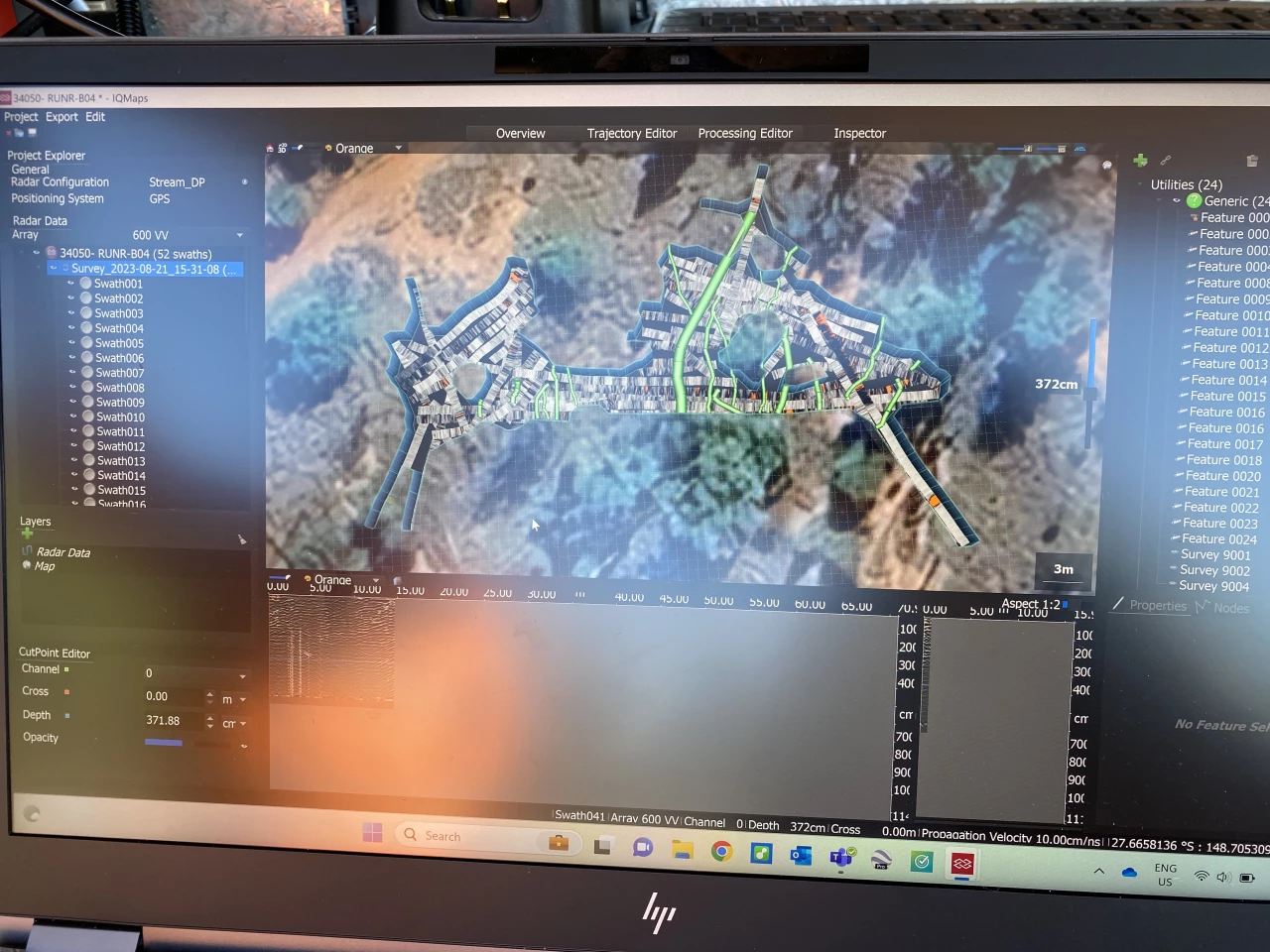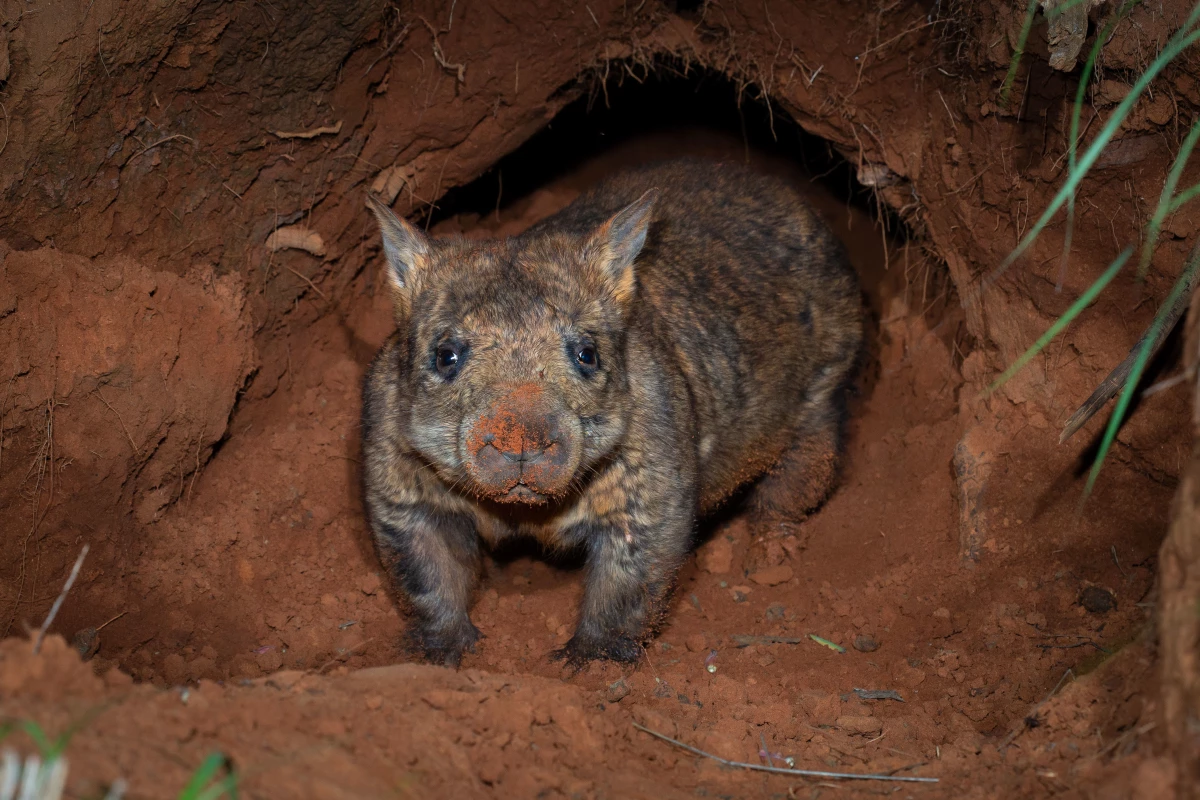The world’s largest herbivorous burrowing mammal is on borrowed time, with only 315 individuals estimated to remain in the wild. Now, scientists have enlisted the latest ground-penetrating radar (GPR) technology to track down the northern hairy-nosed wombat, a notoriously shy creature that also spends around 18 hours a day well underground in burrows.
Researchers from the Australian Wildlife Conservancy (AWC), The Wombat Foundation (TWF) and the Queensland Department of Environment and Science (DES) are using radar technology to explore the wombat’s 3.5-meter-deep (11.5-ft) burrows at Richard Underwood Nature Refuge (RUNR). This reserve has established a successful population of wombats; the animal was once widespread across eastern Australia but since 1982 has only been found in Queensland’s Epping Forest.
“This is an incredibly exciting project – using cutting-edge technology to reveal ancient wombat wisdom,” said The Wombat Foundation’s Leanne Brosnan. “It will allow us to take the first-ever behind-the-scenes peek into their private digs (at RUNR) and give us new and invaluable insight into their elusive existence.”
Despite their elusiveness, land clearing for grazing and fierce competition from other voracious herbivores such as rabbits has dramatically shrunk their population and range. This means the northern hairy-nosed wombat is rarer than the giant panda and the Sumatran tiger.
While it may look like a glorified push lawnmower, the GPR system uses radar pulses to create real-time 3D maps of burrows, which can be up to 90-m (295-ft) long, with scientists also comparing naturally dug havens and ‘starter’ homes created by DES to make moving into a new house easier for the animals.

It’s the latest in a long list of thinking outside the box to find these shy and skittish animals. Northern hairy-nosed wombats are sedentary and only come out at night for around six hours to forage. This, of course, makes the species an elusive and difficult one to study and develop conservation projects for their protection.
“We’re peering into northern hairy-nosed wombat burrows in a way that no human has been able to before,” said Andy Howe, a Senior Field Ecologist at AWC. “A similar study was conducted in 2015 on the southern hairy-nosed wombat, however, the older GPR technology was unable to map out the burrows in real time or pick up finer details of the structure.”

Northern hairy-nosed wombats are the largest of three Australian wombat species. They have a broad nose, pointy ears, soft grey fur and black eye patches, and can weigh up to 30 kg (66 lb). Their lifespan is around 30 years. Wombats have some unique traits, but perhaps the most renowned is their cube-shaped poop.
Other wombat species are currently battling deadly sarcastic mange caused by the widespread parasitic mite Sarcoptes scabiei.
The only recorded Indigenous name for the northern hairy-nosed wombat is ‘Yaminon.’
Results of the GPR project is due out in November, and check out the video below to see a wombat looking less than impressed by its audience as it emerges from a burrow.
Source: Australian Wildlife Conservancy







